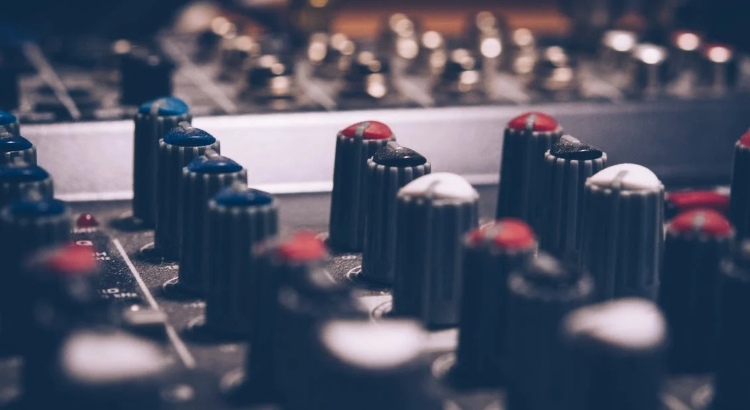The Modern Guide to Audio Transcription: Turning Voice Recordings into Text
With today’s technology, transcribing audio is easier than ever. Instead of scrambling to jot down every word at meetings or interviews, you can record conversations and turn them into accurate, readable text files in a matter of hours—or even minutes.
This guide explains what audio transcription is, the different types, how the process works, and why accurate transcriptions are vital for many industries. If you’re considering whether to do transcription yourself or use a professional transcription service, this article will help you make an informed choice.
What is Audio Transcription?
Audio transcription means converting audio files—like voice notes, recorded interviews, or videos—into written text. The final product is called a transcript. Transcriptions are used for documentation, accessibility, research, and more.
Common Sources of Audio for Transcription
- Recorded meetings and conferences
- Academic research interviews
- Lectures and webinars
- Media and journalism interviews
- Video and podcast content
Types of Audio Transcription
- Dictation: One person speaking, such as a professor’s lecture or a doctor’s notes.
- Interview: Two people in conversation, such as a podcast guest and host.
- Conference/Focus Group: Three or more speakers, often requiring detailed speaker identification.
Who Transcribes Audio Files?
People who convert audio to text are called transcriptionists. In the U.S., “transcriptionist” is the common term, whereas “transcriber” is more typical in British English.
The History of Audio Transcription
Transcription as a profession predates modern recording devices. Early transcribers used shorthand and wrote notes by hand. This method required extensive training and took much longer than today’s digital solutions.
Modern transcriptionists now benefit from technology. Tools include computer software, mobile apps, and cloud-based platforms. These advancements allow for faster turnaround and greater accuracy.
How Long Does it Take to Transcribe One Hour of Audio?
Transcription speed varies depending on several factors. On average, a professional transcriptionist will spend about four hours transcribing one hour of clear audio (2023). However, times can vary:
- Manual (Human) Transcription: 4–6 hours per hour of audio for high-quality work
- Automated Transcription: A few minutes to process, but may need editing
Factors Impacting Transcription Time
- Poor audio quality
- Background noise
- Number of speakers
- Technical or specialized vocabulary
- Heavy accents or unclear speech
Automated transcription services work very quickly and are more affordable but may misinterpret slang or accents. The final transcript may require manual proofreading for the best quality. Combining AI speed with human oversight can yield both fast and accurate transcripts.
Who Needs Audio to Text Transcriptions?
Transcriptions make audio files accessible, searchable, and usable for many industries. Here’s how common fields benefit:
Video Production and Editing
- Subtitles and closed captioning make videos usable by people with hearing disabilities and those watching in noisy locations.
- Transcripts help video creators edit, organize, and share content.
- Accurate transcripts also support content repurposing and SEO.
Need captions for your videos? Learn more about subtitling services.
Academia and Research
- Interview and focus group transcripts enable qualitative data analysis (Oxford, 2008).
- Researchers save time by outsourcing transcription and can jump straight to analysis.
- Verbatim and “intelligent verbatim” transcripts are often preferred for clarity and accuracy.
Media and Journalism
- Transcriptions allow for more accurate reporting and easier fact-checking.
- Journalists use transcripts as a quick reference when writing or editing articles.
- Transcripts help broadcasting organizations comply with accessibility regulations.
Market Research
- Transcripts from recorded user interviews are critical for analyzing feedback and trends.
- They reduce errors and help researchers quickly locate key information.
- Clear transcripts make quoting customer comments much easier.
How to Transcribe Audio Files Yourself
Step 1: Prepare Your Workspace
- Open your audio file in a media player and a word processor side-by-side.
- Consider using headphones to catch every word.
- Have notepads ready for jotting down timestamps or unclear sections.
Step 2: Use Shorthand
- For repeated phrases, use abbreviations to speed up your first draft.
- Include a key if sharing the draft.
Step 3: Listen and Type
- Play the audio and pause as needed to type what you hear.
- Rewind difficult sections and use timestamps if necessary.
Step 4: Edit and Proofread
- Play back the audio while reading through your transcript.
- Correct errors and add missing words for clarity and accuracy.
Step 5: Export Your File
- Save your transcript as a DOCX or PDF for easy sharing.
Using Automated and Professional Transcription Services
If you prefer not to transcribe manually, consider using an online service. The process is simple:
- Upload your audio or paste a URL.
- Select features like timestamps, verbatim transcription, or rush delivery.
- Download your completed transcript via email or from your account dashboard.
For higher accuracy, consider combining AI transcription with professional proofreading or opt for human transcription services from the start.
Choosing the Right Transcription Service
- Automated services offer speed and affordability.
- Manual transcription gives you higher accuracy, especially for complex or low-quality audio.
- Many providers offer both, letting you pick based on your needs and budget.
If you need captions or subtitles, check out captioning pricing or order directly via order captions. For foreign-language needs, look into translation or audio translation.
Final Thoughts
Transcription transforms audio or video recordings into useful, searchable text for every industry. With technology advancing rapidly, automated solutions are more accurate than ever before, but the quality of human transcriptionists still sets the gold standard. Platforms like GoTranscript let you combine the best of both worlds for fast, reliable, and affordable transcription, making your workflow more efficient and accessible for everyone.



















 Verified Order
Verified Order